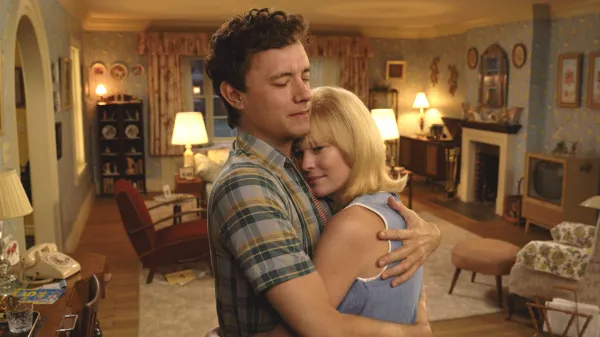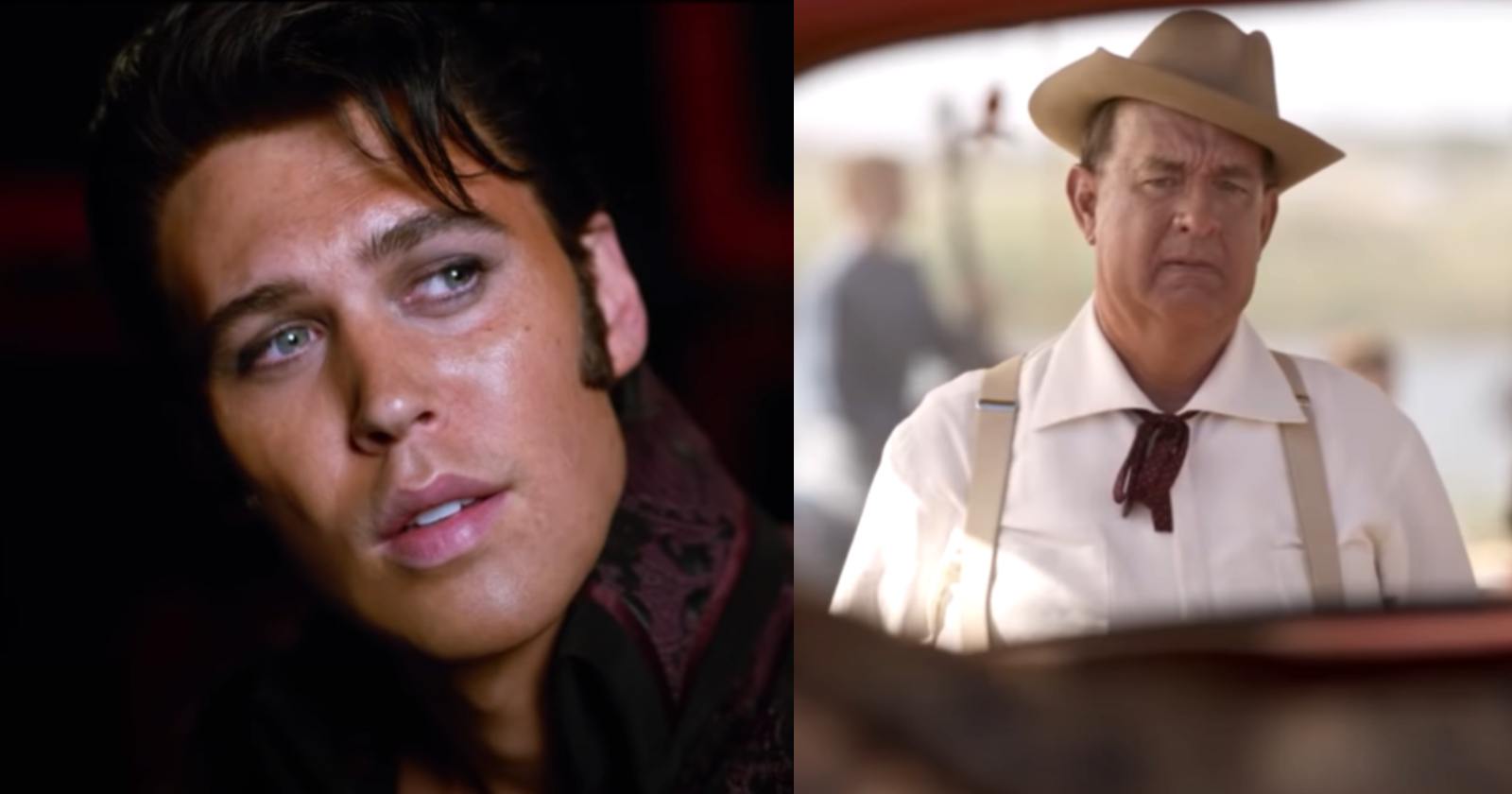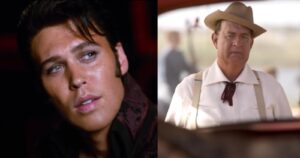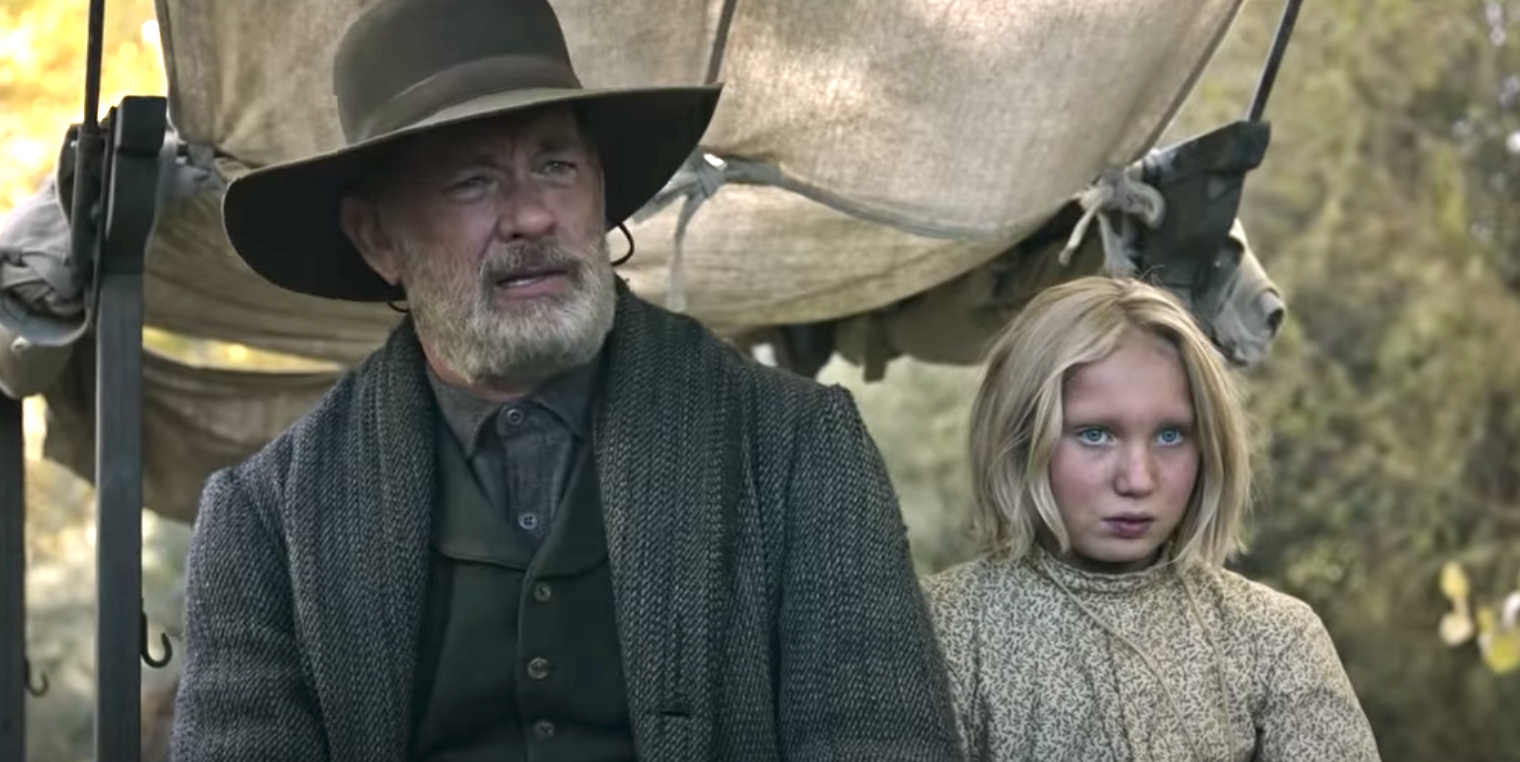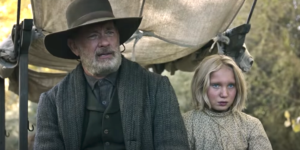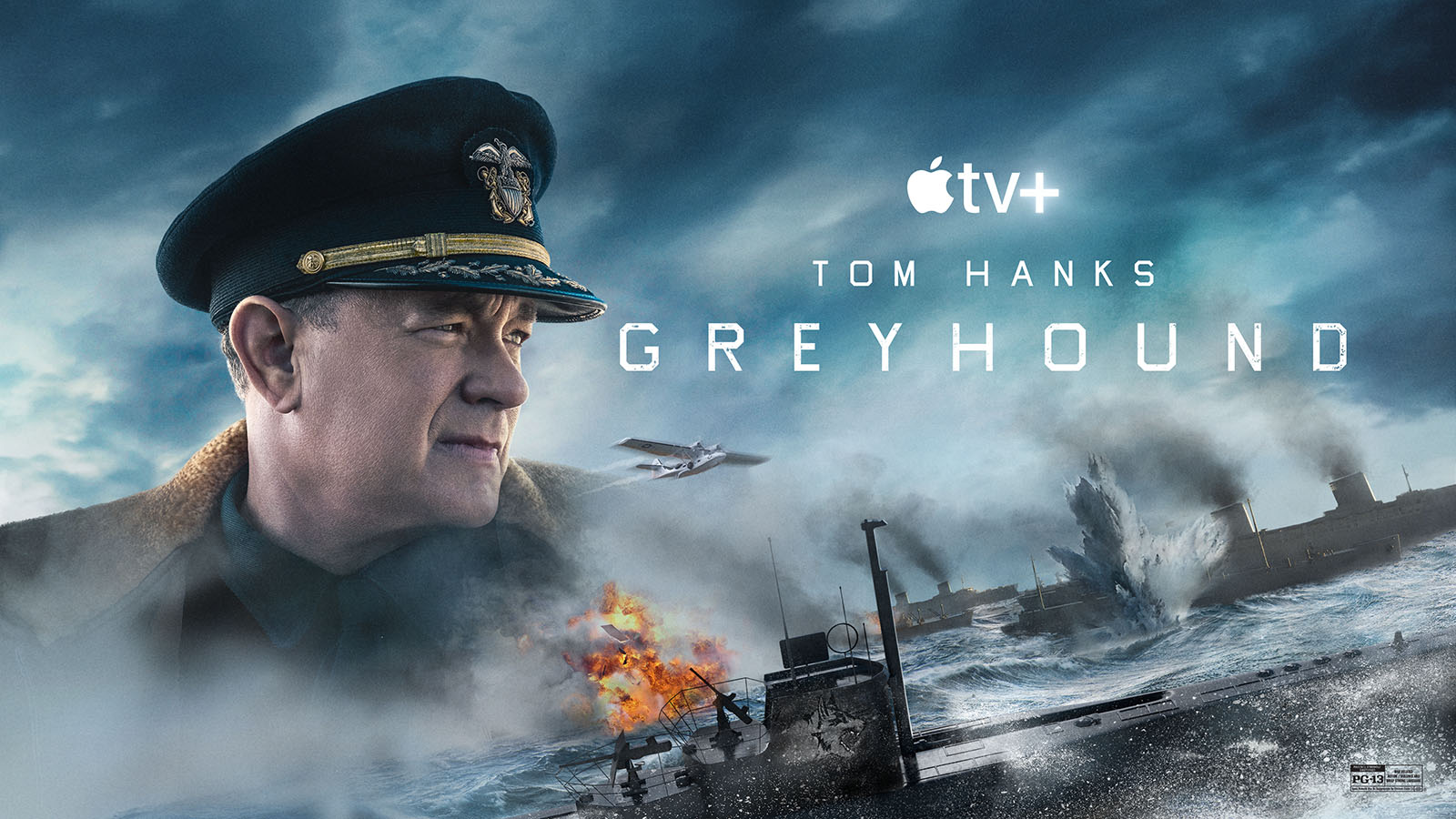The Phoenician Scheme
Posted on May 29, 2025 at 5:30 pm
C| Lowest Recommended Age: | High School |
| MPAA Rating: | PG-13 for violent content, bloody images, some sexual material, nude images, and smoking throughout |
| Profanity: | Some strong language |
| Alcohol/ Drugs: | Drinking and smoking |
| Violence/ Scariness: | Graphic violence with disturbing images, characters injured and killed |
| Diversity Issues: | None |
| Date Released to Theaters: | May 30, 2025 |

You say you want to see a very smart, darkly comic film about the daughter of an unscrupulous businessman who before the story begins has joined a religious order but over the course of the story learns that she can do more to help people in his secular world and becomes drawn to a young professor? Then I suggest you watch the brilliant film “Major Barbara,” starring Wendy Hiller and a young Rex Harrison and with a very young Deborah Kerr, based on the classic play by George Bernard Shaw.
Or, if you would like to see a movie that skitters along the surface of some of those themes without having much to say about them but looks gorgeous, in fact so exquisite that if it starts to drag, which it does, we wish the actors would get out of the way so we could better absorb the beauty of the settings. In other words, we’re in the bento box movie world of Wes Anderson.
What bothers me third-most about Wes Anderson films is the way the characters speak the mildly arcane dialogue in constant near-robotic deadpan. What bothers me second-most is that the dialogue delivered in monotone is not just mildly arcane but pretentiously so, as though the twee-ness indicates both comic sensibility and deeper meaning. There can be humor in saying extreme things with a flat delivery, as though you’re politely asking to pass the butter, can be funny, but not always and not for a whole movie. What bothers me most is the way many people emperor’s-new-clothes the films, believing that the humor and deeper meaning they discern is somehow invisible to the less sophisticated instead of non-existent.
Benicio Del Toro plays Zsa-zsa Korda, a wealthy, powerful, and corrupt businessman, who says his two imperatives are “Who could lick who (or whom)?” (measuring success by beating the competition) and “If something gets in your way, flatten it” (the ends justify even scorched-earth means).
There are those who have similar guiding principles, or lack of principles, and therefore, as we see in the first scene, when an explosion on Korda’s airplane blows a big hole in the hull, and also in one of his aides, slicing his top half from his bottom half. Korda then goes into the cockpit and fires his pilot, in both senses of the word, dismissing him from employment and jettisoning him via ejector seat. Korda survives the crash landing with injuries. He knows more murder attempts are coming, and so he reaches out to his daughter Liesel (Mia Threapleton, daughter of Kate Winslet). She is about to take orders as a nun, and throughout the film she wears a snowy white habit, though as it goes on she also sports colorful eye shadow and bright red nail polish. Korda also has nine young sons, some adopted. His only interest in them is the thought that there are so many of them, odds are one will be brilliant.
Anderson’s two most recent films were episodic, like nested dolls. This one is slightly more linear, but still in chapters as Korda visits a series of characters in very different settings played by stars like Tom Hanks and Bryan Cranston (as American brothers in college sweatshirts), Scarlett Johansson as Korda’s second cousin and possible future wife, Jeffrey Wright as a ship captain, and Benedict Cumberbatch as Korda’s rival and half-brother. There are various murder attempts (the characters refer to them as assassination attempts, but that seems grandiose for a businessman, even one who is rich and powerful and has done evil things, because the term refers to the killing of an important person for political or religious reasons). And Korda and Liesel are accompanied by a character played by Michael Cera, introduced as a tutor brought on to teach them about insects (do not try to make this tie into anything except the overall anemic randomness that translates to “and then this character appears.” He plays a more important role as the story goes on and is the closest the movie comes to having a bright spot. It’s not that it has style and no substance. It has style and anti-substance.
Other than the settings, of course, which are fabulously imagined and entrancingly detailed. (As always with Anderson, look at the titles and covers of the books the characters read.) The movie might work better with no dialogue, just the visuals and the music.
Parents should know that this movie has a lot of peril and violence with some graphic and disturbing images. The movie includes guns, knives, bombs, fire, plane crashes, and quicksand. Characters are injured and killed, including references to a murdered parent. Characters are corrupt and murderous. they behave badly in business and with family, and they drink and smoke. Characters’ religious beliefs are not meaningful or sincere.
Family discussion: Why does Liesel stay with her father? What does she hope to achieve and how does that change? What do we learn from the names of Korda’s projects? From his mottos?
If you like this, try other Wes Anderson Films, especially “The Fantastic Mr. Fox.”

